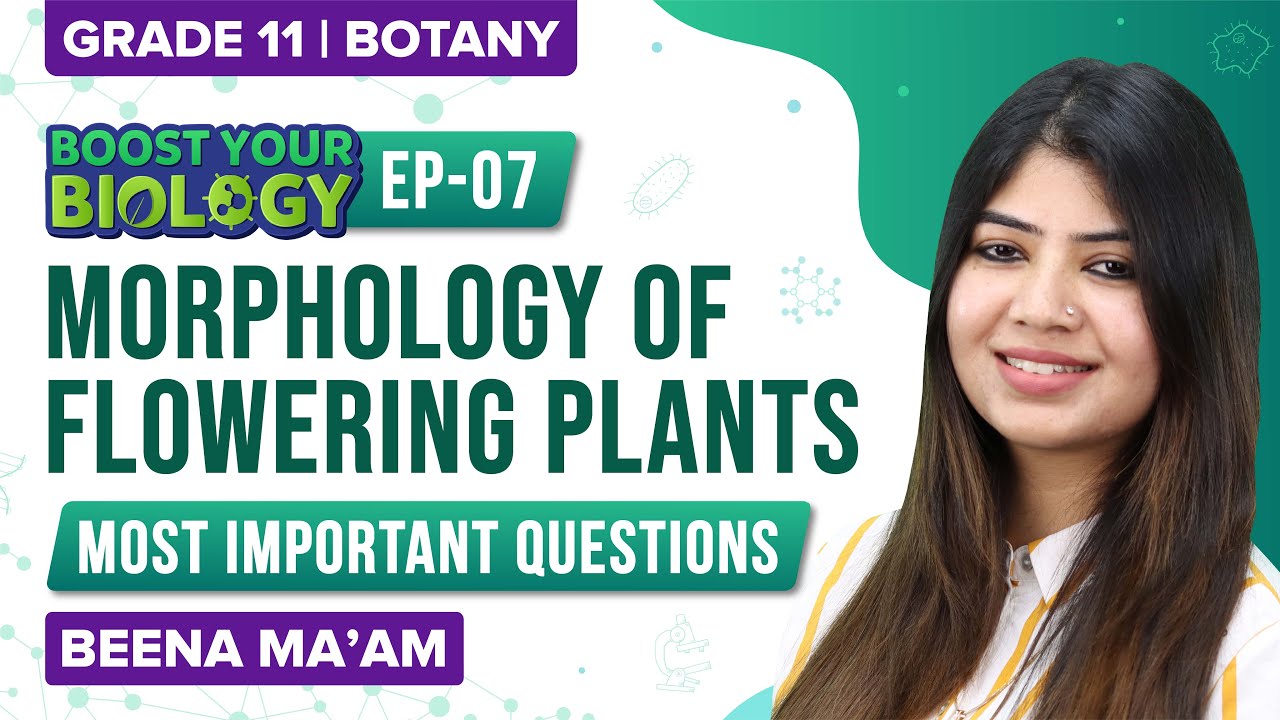Shoot apex is the apical part of the stem. It contains multipotent stem cells, which produce leaf primordia and give rise to all the aerial parts of a plant such as leaves, branches, flowers, etc. It possesses apical meristem and continues to grow.
Download the Complete Guide to NEET UG Prep
Download Now
The stem is the aerial part of a plant that bears leaves, branches, flowers and fruits. The stem is made up of nodes, where leaves are borne and internodes, which is the part between two nodes.
Apical meristem is present on the apical part of the root and shoot. It is the zone of active cell division and is responsible for the growth in plants and gives rise to primary tissues. Shoot apex contains apical meristem.
The stem bears terminal or axillary buds. Axillary buds are present in the axils of leaves and develop into branches or flowers. These are cells of the apical meristem that are left behind at the time of stem elongation or leaf formation.
Structure and Organisation of Shoot Apex
The shoot apex is the tip of the stem, which contains meristematic cells and the region of growth. It develops into lateral branches, leaves, flowers, etc.
The size, shape, organisation, pattern of tissue differentiation, etc. all vary in different plant groups such as pteridophytes, gymnosperms and angiosperms. Some of the characteristics of shoot apex are as follows:
- It contains the apical meristem, below which other tissues are differentiated.
- It is present just above the youngest leaf primordium. It grows continuously and produces leaf primordia.
- When the shoot apex forms an inflorescence or flower, the growth becomes determinate. The growth also becomes determinate or limited when the stem is modified to tendrils or thorns.
- The shoot apical meristem is the site of flower embryogenesis. Primordia of leaves, sepals, petals, stamens, and ovaries start developing one by one at a time interval known as plastochron.
- The shoot apical meristem consists of four types of cells. They are stem cells, daughter stem cells, founder cells that initiate organ development and an organising centre.
- Apical meristems give rise to three types of primary meristems. They are:
- Protoderm: differentiates into the epidermis.
- Procambium: gives rise to primary vascular tissues, i.e. xylem and phloem.
- Ground meristem: develops into cortex, pith, medulla and pericycle.
- Apical meristem is responsible for primary growth in plants, i.e. increase in length or height and organ formation.
There are three theories regarding the organisation of the shoot apex. They are:
- Apical theory
- Histogen Theory
- Tunica-Corpus theory
Apical Theory
This theory was given by Karl Nageli and Hofmeister. According to this theory, a single apical cell is responsible for the development of all the aerial plant parts. This theory holds good for some cryptogams, such as bryophytes, some higher algae and some pteridophytes.
Histogen Theory
This theory was proposed by Hanstein. According to this, the shoot apex does not comprise a single apical cell or a group of meristematic cells that are responsible for the development of the whole plant body. According to this theory, the apical meristem consists of three distinct zones of meristematic cells called Histogens. They are:
- Dermatogen – It is the outermost layer and gives rise to the epidermis.
- Periblem – It is present below the dermatogen. It gives rise to the cortex and endodermis.
- Plerome – It is the inner core that gives rise to vascular tissues and pith.
Tunica-Corpus Theory
This theory was given by Schmidt to describe the organisation in a shoot apex. According to this theory, the apical region of the shoot consists of two zones:
- Tunica – It is the outer enveloping layer, made up of small cells that give rise to the epidermis and outer cortex.
- Corpus – It is the mass of cells forming the inner core. It produces the inner cortex, procambium and pith.
This was all about Shoot Apex. Learn more about other related concepts for NEET, only at BYJU’S.
Recommended Video:
Morphology of Flowering Plants Class 11 Biology | NEET Important Questions | NEET 2022 Exam

Further reading:
Comments